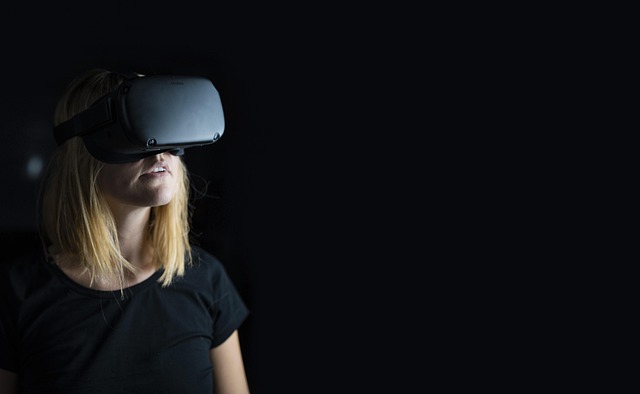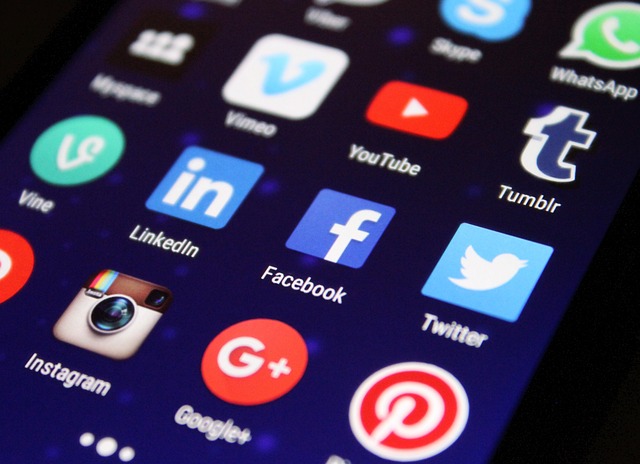In the digital age, the way people share information, build friendships, and collaborate across distances has transformed almost overnight. Social media platforms act as both mirrors and engines for our interpersonal world, weaving technology into the very fabric of daily communication. The interplay between online interactions and physical realities demonstrates how deeply connections and technology are now intertwined.
The Dawn of Online Connectivity
Before the rise of social networking sites, the primary means of keeping in touch over long distances involved mailed letters, telephone calls, or face‑to‑face encounters. The launch of early platforms such as Friendster and MySpace introduced a new paradigm: instant, asynchronous messaging that could reach anyone with a computer or phone. These early experiments set the stage for the modern ecosystem, where a single tap can activate a cascade of notifications, likes, and comments.
Early Platform Features
Early social media sites focused on simple profile creation and friend lists. Users could upload a photo, write a status update, and send friend requests with a single click. Though modest compared to today’s standards, these tools already emphasized the importance of visual representation and personal branding in forming online connections. The minimalistic interface encouraged users to engage more frequently, fostering the habit of daily interaction.
The Rise of Mobile and Real‑Time Interaction
Smartphones turned social media into a constant companion. With mobile devices, the concept of “checking in” evolved into live streams, real‑time messaging, and location-based tagging. This shift reduced the barrier between offline moments and online sharing. When someone spots a friend at a café, they can instantly post a photo, invite a conversation, and extend their network in a matter of seconds. This real‑time capability has blurred the boundaries between physical presence and digital engagement.
Influence of Algorithms on Connection Patterns
Algorithmic curation has become a defining feature of modern platforms. By prioritizing content that aligns with user interests, these systems shape the way people form and maintain connections. While this personalization can enhance relevance, it also risks creating echo chambers where users see only content that confirms existing beliefs. The interplay between algorithmic selection and human choice remains a central question in understanding how technology mediates our social networks.
Changing Communication Styles
The language of social media is distinct from traditional communication. Emojis, GIFs, memes, and short videos have replaced long paragraphs in many contexts. This shift toward visual and concise expression changes how people convey emotions and ideas. Moreover, the prevalence of group chats and public posts allows individuals to manage multiple audiences simultaneously, adding layers of complexity to interpersonal relationships.
Impacts on Emotional Expression
While visual shorthand can expedite sharing, it also carries risks. The pressure to curate an idealized self can lead to anxiety or feelings of inadequacy. Studies have linked excessive social media use to increased depressive symptoms among adolescents, suggesting that the tools meant to enhance connections may sometimes undermine mental well‑being. As a result, users often navigate a delicate balance between authenticity and performance.
Social Media in Professional Contexts
Beyond personal use, social media has become a cornerstone of modern business communication. LinkedIn, for instance, allows professionals to showcase portfolios, connect with colleagues, and tap into industry networks. Companies use platforms for marketing, customer service, and internal collaboration. This blend of public outreach and internal coordination demonstrates how technology reshapes professional relationships, emphasizing transparency, speed, and accessibility.
Digital Workspaces and Remote Collaboration
Remote work technologies—video conferencing, cloud storage, and collaborative editors—are deeply integrated with social media tools. Platforms such as Slack and Teams merge chat functions with file sharing, creating fluid communication pipelines that support asynchronous collaboration. These tools have proven especially valuable during global events that limited physical interaction, illustrating the resilience and adaptability of connections mediated by technology.
Community Building and Social Movements
Social media has provided a low‑cost, high‑reach platform for activists and grassroots organizers. Hashtags can rally millions around a cause, while live streams offer immediate visibility to pressing issues. The rapid spread of information, though sometimes fraught with misinformation, demonstrates how technology amplifies collective voices. The sense of belonging and shared purpose that emerges from these online communities underscores the enduring human need for connection.
Challenges of Information Overload
While the speed of information sharing is a boon, it also presents a flood of data that users must sift through. The constant stream of updates can lead to fatigue, causing people to disengage or adopt surface‑level interactions. Effective filtering—through algorithms or personal curation—becomes essential to maintain meaningful engagement without overwhelming the user.
The Future of Social Connectivity
Emerging technologies like augmented reality (AR) and virtual reality (VR) promise to take online interaction to new depths. Imagine a virtual gathering where participants can see each other in a shared digital space, regardless of physical distance. Likewise, advances in artificial intelligence could offer more sophisticated tools for understanding emotional tone, enhancing empathy in digital communication. These developments point to an era where the distinction between online and offline relationships will continue to blur.
Ethical Considerations and Digital Literacy
As platforms grow more powerful, questions about data privacy, algorithmic bias, and platform responsibility become increasingly pressing. Building digital literacy—teaching users to critically evaluate sources, manage privacy settings, and recognize manipulation—will be essential for safeguarding healthy connections. The intersection of technology and human interaction demands ongoing dialogue among developers, policymakers, and users to ensure that connections remain enriching rather than exploitative.
Conclusion: Embracing a Balanced Connection
Social media’s influence on how we connect is undeniable, reshaping everyday interactions, professional landscapes, and global movements. Yet the benefits of enhanced connectivity come with new responsibilities: to cultivate authentic relationships, protect mental health, and uphold ethical standards in digital spaces. By consciously navigating the intersection of connections and technology, individuals can harness the best of both worlds—building richer, more inclusive networks that span the physical and virtual realms.



